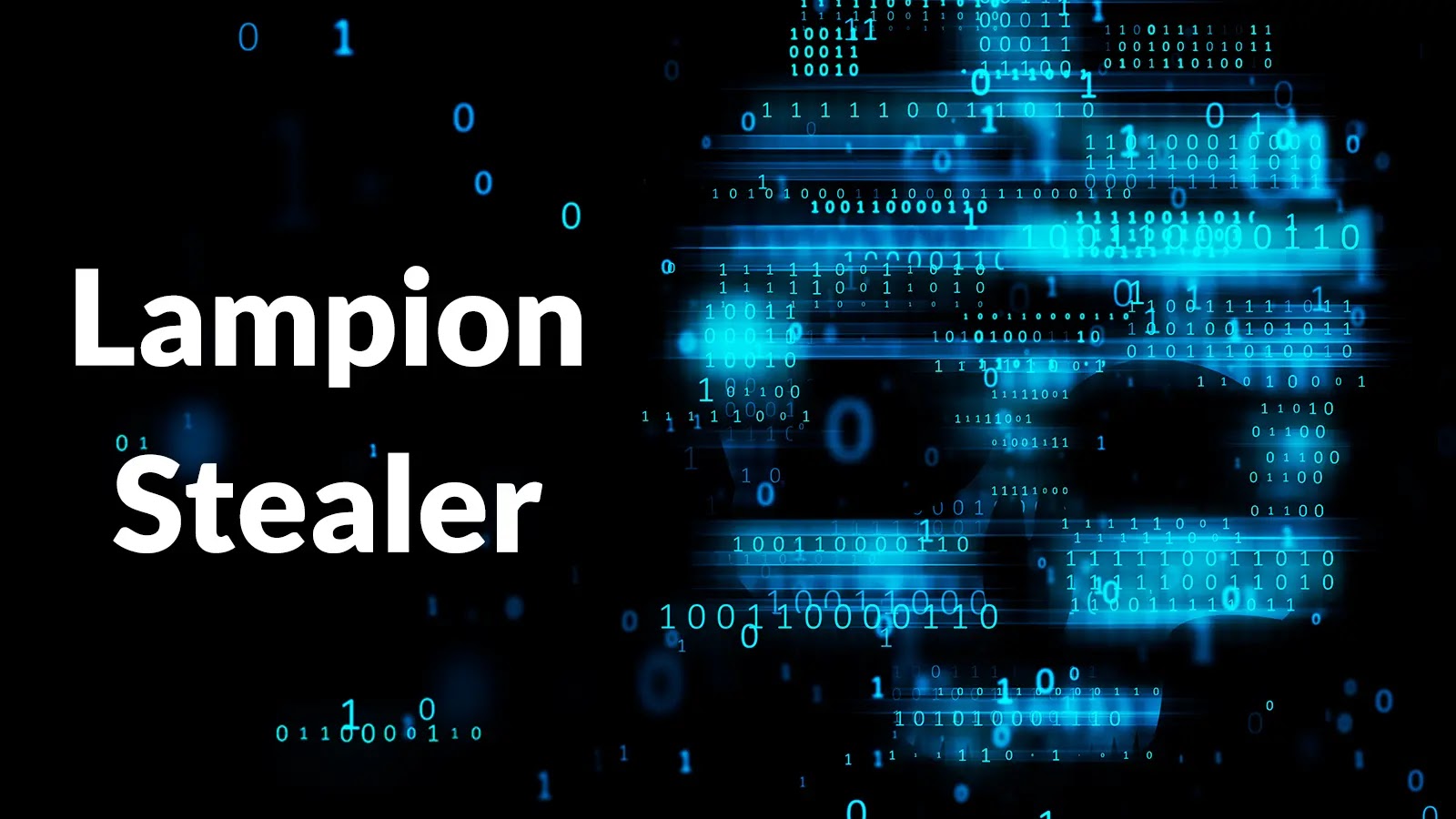
New Lampion Stealer Uses ClickFix Attack to Silently Steal Login Credentials
A new and insidious threat has emerged, targeting financial institutions and individual users alike. Cybersecurity researchers have recently unveiled a sophisticated campaign leveraging the Lampion banking trojan, a persistent malware strain that has plagued the digital landscape since 2019. This latest iteration, however, introduces a dangerous new tactic: the ClickFix attack. This novel approach allows the Lampion stealer to bypass traditional defenses and silently exfiltrate crucial login credentials, marking a significant escalation in the ongoing battle against financial cybercrime. Understanding this evolving threat is paramount for safeguarding sensitive information and preventing substantial financial losses.
The Evolution of Lampion: A Persistent Banking Trojan
Lampion is not a new face in the rogue’s gallery of malware. It has been a known quantity within the cybersecurity community for several years, primarily focusing on banking fraud. What distinguishes its current operations is the refined sophistication of its tactics. The threat actors behind Lampion have clearly invested in developing advanced social engineering techniques, making detection more challenging than ever before. This continuous evolution underscores the adaptive nature of cyber adversaries and the constant need for updated security measures. While the reference doesn’t provide a specific CVE for Lampion itself, its techniques often involve exploiting common human vulnerabilities, which are harder to codify this way.
Unpacking the “ClickFix” Attack
The core innovation in this latest Lampion campaign is the “ClickFix” attack. While the provided source content is concise, it highlights that this method enables the silent theft of login credentials. This suggests a mechanism designed to be stealthy, likely bypassing traditional security prompts or multifactor authentication (MFA) challenges. Though the specifics of the ClickFix attack aren’t fully detailed in the reference, the implications are clear: it aims to operate under the radar, making it incredibly dangerous. Such an attack often involves manipulating user interface elements or intercepting legitimate user interactions to steal data without raising suspicion. For instance, similar techniques might include overlay attacks or sophisticated phishing that mimics legitimate login forms with high fidelity.
Targeted Operations: Focus on Portuguese Financial Institutions
A key observation from the research is Lampion’s renewed and particular focus on Portuguese financial institutions. This geographic targeting suggests the threat actors possess specific knowledge or resources tailored to this region. Such focused campaigns often achieve higher success rates due to localized social engineering lures, language-specific phishing, and an understanding of regional banking infrastructure. This specialization makes it even more critical for institutions and users within these targeted regions to be acutely aware of the threat and implement robust protective measures against credential theft.
Social Engineering: The Human Element in Cyber Attacks
The report emphasizes the introduction of novel social engineering techniques by the Lampion operators. Social engineering remains one of the most effective tools in a cybercriminal’s arsenal because it exploits human psychology rather than technical vulnerabilities. Phishing, vishing, smishing, and baiting are common tactics used to trick individuals into divulging sensitive information or installing malware. With Lampion, these techniques are apparently more refined, suggesting highly personalized and convincing approaches that make traditional training methods less effective. Users must remain vigilant, questioning unsolicited communications and verifying the authenticity of requests for personal information.
Remediation Actions and Protective Measures
Combating a sophisticated threat like the Lampion stealer with its ClickFix attack requires a multi-layered defense strategy. Both individuals and organizations must adopt proactive measures to protect against credential theft and financial fraud.
- Implement Multi-Factor Authentication (MFA): Even if Lampion attempts to steal credentials, MFA adds an essential layer of security. Ideally, use hardware tokens or app-based authenticators over SMS-based MFA.
- Regular Security Awareness Training: Educate users about the latest social engineering tactics, including sophisticated phishing and spoofing techniques. Empower them to identify and report suspicious activities.
- Keep Software Updated: Ensure operating systems, web browsers, and all security software (antivirus, anti-malware) are consistently updated to patch known vulnerabilities.
- Use Strong, Unique Passwords: Employ robust, complex passwords for all accounts and avoid reusing them across different services. Password managers can significantly aid in this.
- Network Monitoring and Anomaly Detection: Organizations should deploy advanced network monitoring solutions to detect unusual traffic patterns, unauthorized access attempts, or exfiltration of sensitive data.
- Endpoint Detection and Response (EDR): EDR solutions can provide real-time monitoring and analysis of endpoint activities, enabling rapid detection and response to suspicious processes indicative of malware like Lampion.
- Educate on Scrutinizing URLs and Emails: Train users to carefully examine URLs for subtle misspellings or anomalies. Be suspicious of emails requesting immediate action or containing unexpected attachments.
Relevant Tools for Detection and Mitigation
| Tool Name | Purpose | Link |
|---|---|---|
| Endpoint Detection & Response (EDR) Solutions | Detect and respond to advanced threats, including stealthy malware like Lampion. | — (Vendor Specific) |
| Threat Intelligence Platforms | Provide up-to-date information on new malware campaigns, IOCs, and attack vectors. | — (Various Commercial/Open Source) |
| Anti-Phishing Training Platforms | Simulate phishing attacks to train employees and measure their susceptibility. | — (Various Commercial) |
| Multi-Factor Authentication (MFA) Systems | Adds an essential layer of security beyond passwords. | — (Various Vendors – e.g., Duo, Okta, Microsoft Authenticator) |
| Network Intrusion Detection/Prevention Systems (IDS/IPS) | Monitor network traffic for malicious activity and block known threats. | — (Various Commercial/Open Source – e.g., Snort, Suricata) |
Conclusion: Heightened Vigilance Against Evolving Threats
The emergence of the Lampion stealer utilizing the ClickFix attack underscores a critical trend in cybersecurity: the continuous and rapid evolution of threat actor tactics. The blend of sophisticated social engineering with novel technical attacks like ClickFix creates a formidable challenge for individuals and organizations. Particularly for entities in targeted regions such as Portugal, heightened vigilance and robust security hygiene are non-negotiable. Proactive measures, including strong authentication, comprehensive employee training, and advanced detection systems, are essential to defend against these increasingly silent and effective credential theft operations. Remaining informed and adaptive is key to minimizing risk in this dynamic threat landscape.





